What is National Savings Certificate (NSC)?
National Savings Certificate is a scheme to mobilize small savings. It is regulated and administered by the Government of India through the Department of Posts. The scheme is known as the National Savings Certificates (VIII Issue) Scheme, 2019. It is covered by the Central Government Notification dated December 12, 2019. The scheme is run under the provisions of the Government Savings Promotion Act, 1873. National Savings Certificate is a fixed income investment that comes with tax benefits. It is mainly focused on the population in rural and semi-urban areas with easy access to the Post Office.
What is Kishan Vikas Patra (KVP)?
Kisan Vikas Patra is a secure investment scheme introduced and regulated by the Post Office of India and the Central Government. The funds raised through this scheme are used by the Government of India for the farmer’s welfare and development. The KVP scheme is a key pillar for the country’s agricultural development.
Kisan Vikas Patra is mainly designed for low and middle-income earning groups, primarily in the rural and semi-urban regions. No doubt the interest rate is guaranteed and regulated by the Central Government but the interest rate does not beat inflation. The KVP accounts are categorized into 3 different types of accounts. Those accounts are single holder type, Joint Type-A, and Joint Type-B. Only a resident individual can invest in Kisan Vikas Patra. Hence, a non-resident investor, HUF, partnership firm, or domestic/ foreign companies cannot invest.
What are the features of a National Saving Certificate (NSC)?
- The minimum amount of deposit required is Rs 1,000 in multiples of Rs 100. There is no limit on the maximum deposit amount for KVP.
- Since 1st April 2020, the interest rate is 6.80% compounded annually and payable at maturity. Hence, an investment of Rs 1,000 grows to Rs 1389.49 after 5 years of the lock-in period.
- The interest rate is regulated and announced by the Government of India every quarter in consultation with the Reserve Bank of India.
- The national savings certificate has a lock-in period of 5 years. You cannot withdraw before the expiry date. Only in a few exceptional circumstances, the investment can be withdrawn before maturity. Such situations are the death of the account holders, on forfeiture by a pledgee being a gazetted officer, and an order of the court.
- A resident individual can open up to 3 accounts jointly with other investors. A minor can open an account in his/ her own name or an adult can open on behalf of the minor as a guardian.
- To invest in NSC you need to complete KYC by submitting the required documents. For a successful KYC, you need to submit a copy of your PAN card, Aadhaar card, Voter-ID, Passport, driving license, etc.
What are the features of a Kisan Vikas Patra (KVP)?
- The minimum amount of deposit required is Rs 1,000 in multiples of Rs 100. There is no limit on the maximum deposit amount for KVP.
- The investment amount doubles in 123 months i.e. 10 years & 3 months
- You can open any number of accounts under this scheme.
- The deposit shall mature on the maturity period prescribed by the Ministry of Finance from time to time as applicable on the date of deposit.
- A resident individual can open the account either individually or jointly with another person. A guardian on behalf of a minor or on behalf of a person of unsound mind can open the account. Further, even a minor above the age of 10 years can open an account in his/ her name.
- You can pledge or transfer KVP as security. Further, you must submit the prescribed application form to the concerned Post Office. The form must be supported with an acceptance letter from the pledgee.
- Premature closure of the KVP account is allowed due to specific situations. Such occasions can be the death of anyone or all the account holders, order of the court, on forfeiture by a pledgee who is a gazetted officer. Further, you can also with after 2 years and 6 months from the date of deposit
- The interest rate is currently 7% and compounded annually.
Compare NSC vs KVP
There are many similarities between Kisan Vikas Patra and the National Savings Certificate. However, there are following differences also as follows:
| Particulars | KVP | NSC |
| Tenure | 10 years and 3 months | 5 years |
| Interest rate | 7.0% | 6.8% |
| Tax deduction u/s 80C | NO tax benefit. | Tax benefit under section 80C of the Income Tax Act, 1961. |
| Premature closure | Allowed after 2.5 years. | Locked for 5 years |
Read also about the NSC vs ELSS
KVP vs NSC, which is better and for whom?
Both Kisan Vikas Patra and National Savings Certificate are good options for investors looking at safe fixed income options. The interest rates are also almost similar. However, some pointers that can help investor choose the suitable scheme for KVP vs NSC is as follows:
You can prefer National Savings Scheme if:
- If you’re looking for tax savings under the Income Tax Act.
- If your investment horizon is not more than 5 years.
- Only if You are comfortable locking your money for 5 years. You can estimate the maturity and wealth to be gained with Scripbox’s NSC Calculator
Prefer Kisan Vikas Patra if:
- You want to invest in an assured investment option that is of lower risk and guarantees double maturity amount.
- Your preference is a smaller lock-in of 2.5 years instead of a 5-year lock-in in the case of NSC. KVP provides higher liquidity to cover emergencies than NSC.
Explore: Post Office Tax Saving Schemes Under Section 80C
Related Articles
- What is National Savings Certificate (NSC)?
- Confused if your portfolio is performing right enough to meet your goals?
- How long have you been investing in mutual funds?
- What is your current portfolio size?
- What is your approximate annual household income?
- Your profile does not qualify for a call with a Financial Expert.
- What is Kishan Vikas Patra (KVP)?
- What are the features of a National Saving Certificate (NSC)?
- What are the features of a Kisan Vikas Patra (KVP)?
- Compare NSC vs KVP
- KVP vs NSC, which is better and for whom?
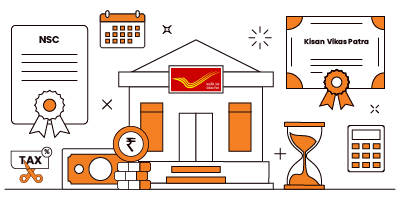











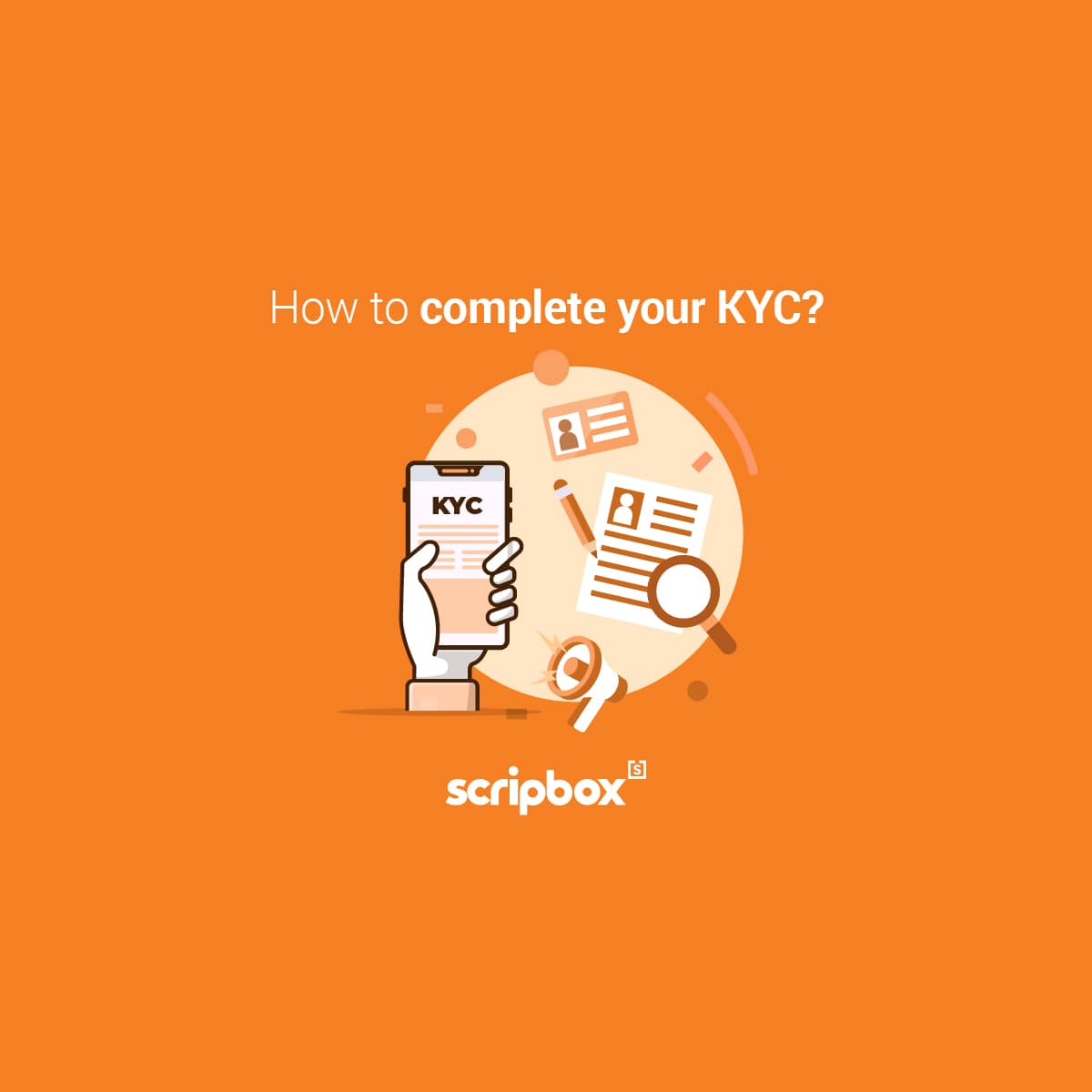

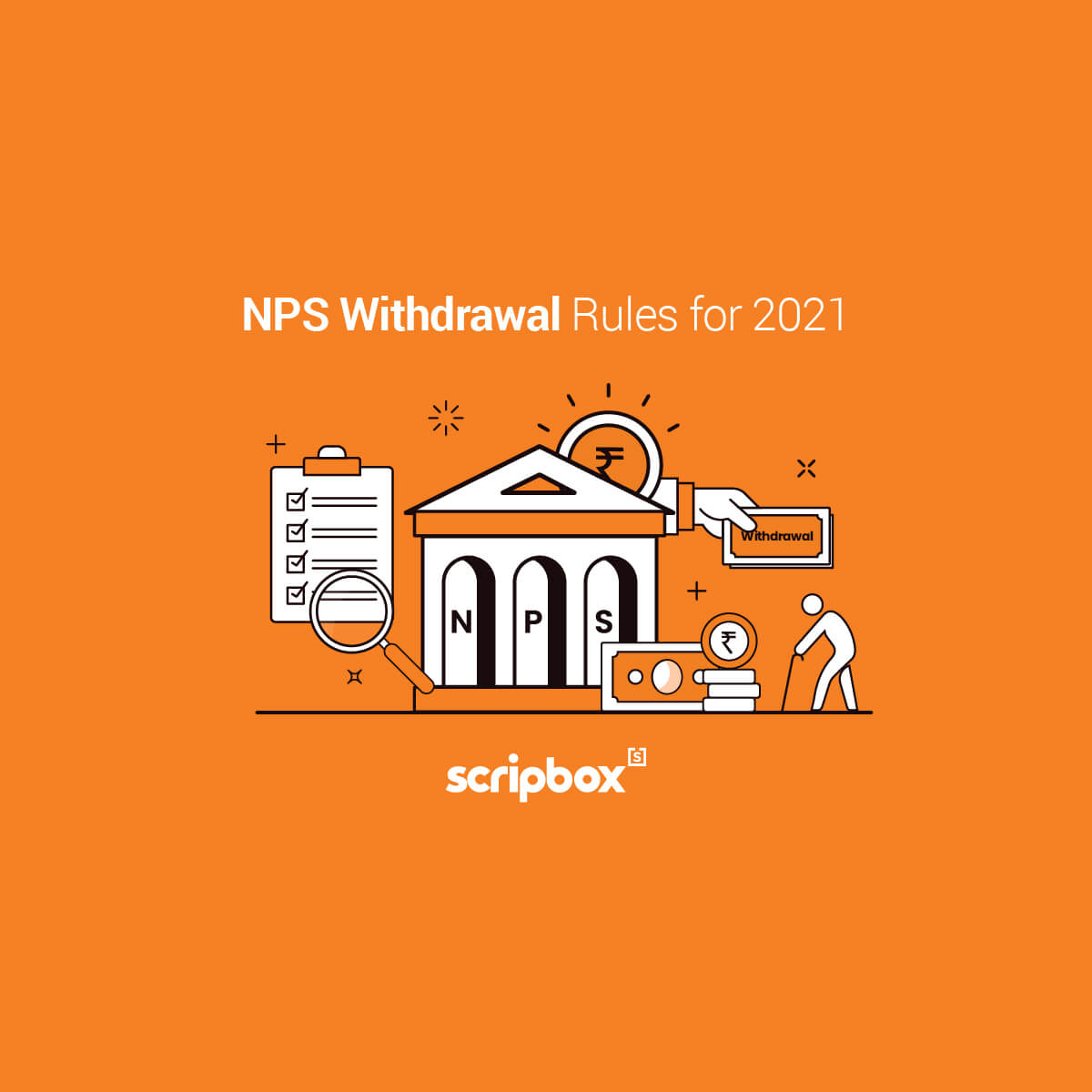
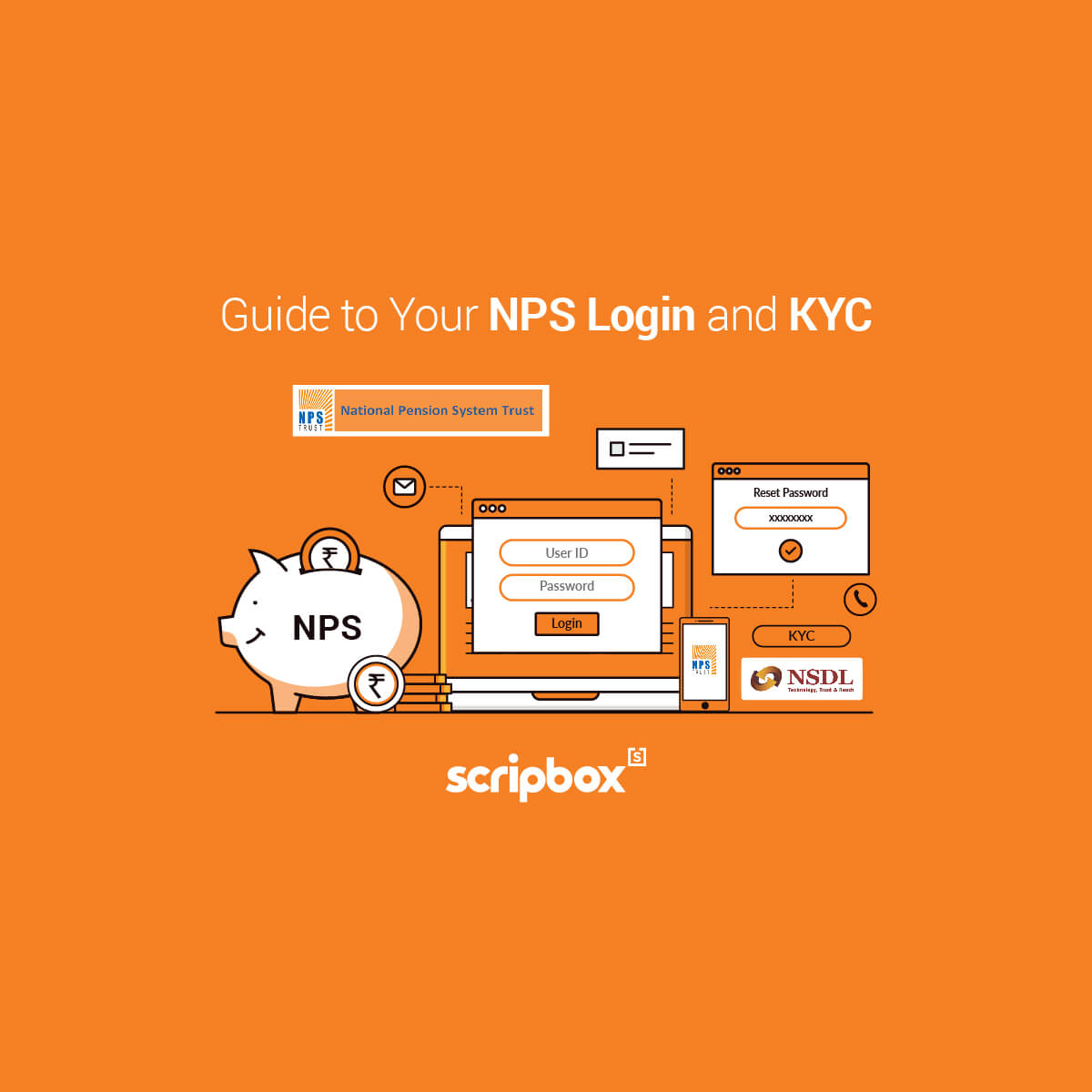
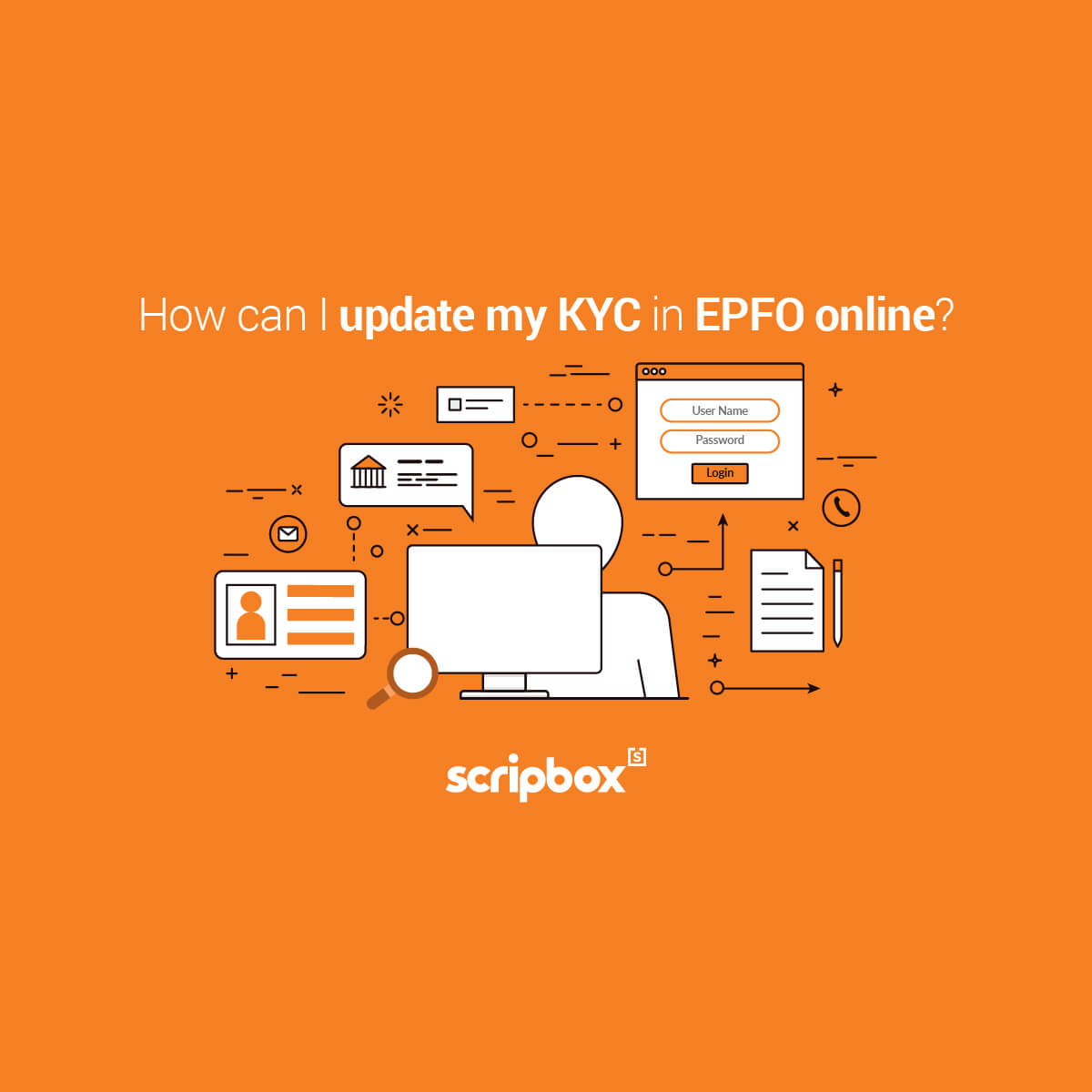












Show comments